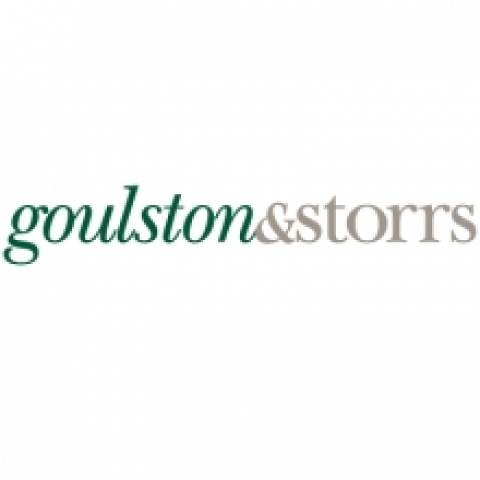Foreign Retailers Entering New Markets: Finding A Home Of One’s Own
The first task facing a retailer entering a new market? To find its customer. This chore takes on more significance for foreign retailers venturing into a complex, expansive and heterogeneous market such as the United States. Depending upon the soundness of the choice, the proverbial pot at the end of the rainbow could be filled with gold or acid rain. Even if your merchandise “travels well” and is suited for the US consumer, a poor choice of location can undermine an otherwise sound retail strategy.
Wise merchants utilize several techniques to increase their chances of success. Some deploy experienced retail consultants to develop a business plan for the prospective venture. Others utilize their online presence to serve as an advanced scouting party to determine where their customers are located. Surprises abound. A cruise-wear retailer will not necessarily find greater profits in warmer climes. Who would have thought that the frequently overcast UK leads the pack in sunglasses per capita (as we have heard anecdotally)?
It makes sense to draw parallels between customers in the home market and those in the US. If you’re a luxury brand with customers huddled in upscale, urban high rise condominiums, it would make sense to open in New York City, Chicago and Los Angeles, or a prestigious regional mall. Alternatively, take the example of one comfortable and casual life-style UK retailer with more than 200 stores in the UK and Ireland. For the most part, you won’t find this retailer on the high streets or in the upscale malls of the UK. But, take a look at the smaller towns and cities where this retailer examined the demographics to find locations with much more favorable economics and less downside risk. So where has their US strategy taken them? Try Portland, Maine, Chatham, Lenox and Edgartown, Massachusetts and Burlington, Vermont. Footfall in these locations is obviously not like major urban centers, but neither are the rents and labor costs.
A well thought-out strategy for site selection is clearly not enough to guarantee success for any retailer entering the US market. Goods must translate well and offer something unique or special. For apparel retailers, be cognizant of differing tastes in style and color. Size your clothing to accommodate varying physical shapes and sizes. But even if you do all of that, your venture will not succeed unless you choose your store locations to accommodate both the budget and your likely customers.
Do you want more information?
 Matthew E. Epstein
Matthew E. EpsteinAmerican and international retailers turn to Matt Epstein for business and real estate law advice. Matt has coordinated the national roll-outs of stores for numerous retailers including J.Jill, J. Crew, kate spade, Tory Burch, Betsey Johnson and Swarovski Crystal, including the negotiation of leases at regional malls and urban locations. Matt has over 25 years of experience in a wide range of real estate matters.

